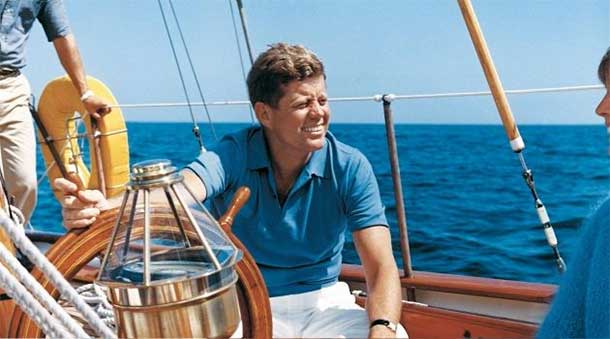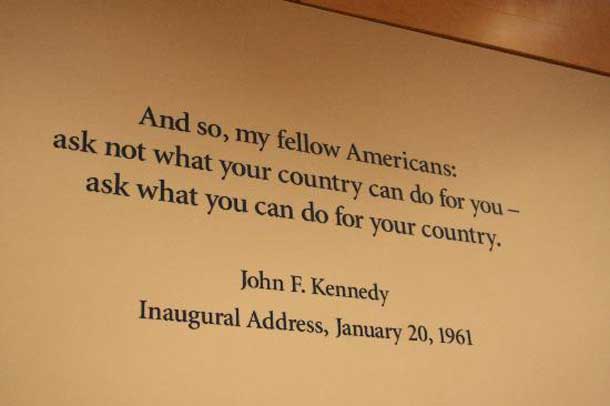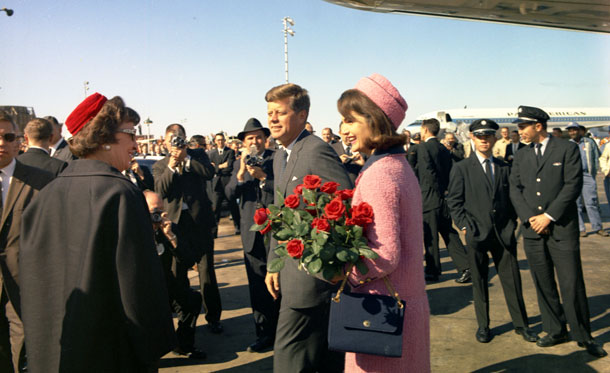
The assassination of President John F. Kennedy on November 22, 1963, is a pivotal moment in American history, marked by tragedy and shrouded in mystery. This article provides a detailed timeline of the events on that fateful day, followed by an overview of the subsequent investigation.
Timeline of November 22, 1963
Morning Preparations and Arrival in Dallas
- Morning: President Kennedy, First Lady Jacqueline Kennedy, and their party began the day in Fort Worth, Texas. They attended a breakfast event before departing for Dallas.
- 11:40 AM: Air Force One landed at Love Field, Dallas. The President and the First Lady were greeted by enthusiastic crowds.
The Motorcade Route
- Approx. 12:30 PM: The presidential motorcade began its journey through Dallas, heading towards the Trade Mart, where Kennedy was scheduled to speak.
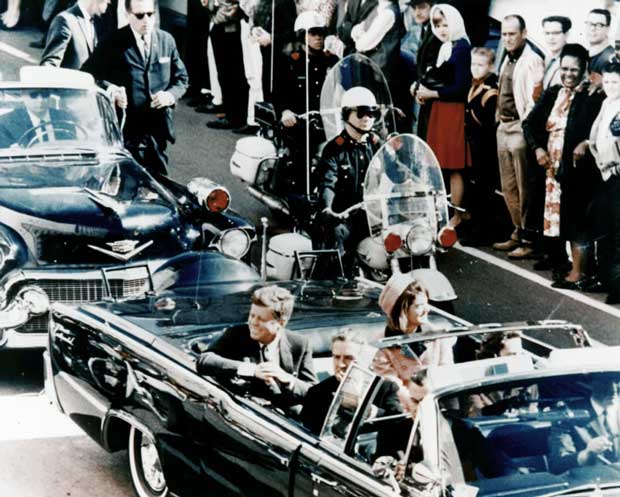
The Assassination
- 12:30 PM: As the motorcade passed through Dealey Plaza, shots were fired at the President’s car. Kennedy was struck by two bullets, one in the upper back and one in the head.
- 12:33 PM: The motorcade rushed to Parkland Memorial Hospital.
Immediate Aftermath at Parkland Hospital
- 1:00 PM: Despite efforts to save him, President Kennedy was pronounced dead. The announcement of his death was not immediate, as arrangements were made for Vice President Lyndon B. Johnson’s safety and swearing-in.
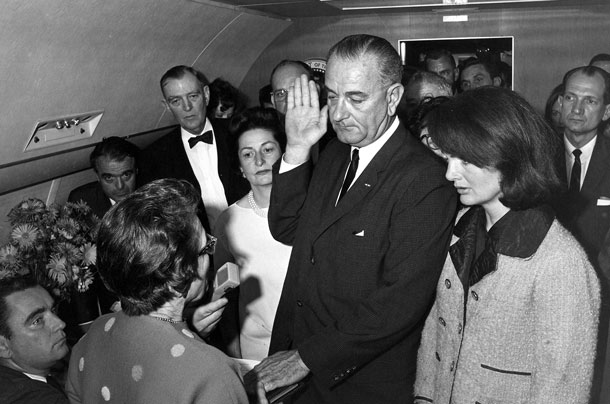
Lyndon B. Johnson Sworn in as President
- 2:38 PM: Lyndon B. Johnson was sworn in as the 36th President of the United States on Air Force One at Love Field.
The Arrest of Lee Harvey Oswald
- 1:15 PM: Officer J.D. Tippit was shot and killed in Oak Cliff. Lee Harvey Oswald was arrested in a nearby theater around 1:50 PM, initially for the murder of Officer Tippit.
Investigation into the Assassination
The Warren Commission
- November 29, 1963: President Johnson created the Warren Commission to investigate Kennedy’s assassination.
- Participants: Chaired by Chief Justice Earl Warren, the commission included prominent figures such as Senator Richard Russell, Representative Gerald Ford, and former CIA Director Allen Dulles.
Key Findings
- September 24, 1964: The Commission concluded that Lee Harvey Oswald acted alone in assassinating Kennedy and that there was no conspiracy, either domestic or foreign.
- Controversies: The report’s findings, particularly the single-bullet theory, have been the subject of debate and skepticism.
Subsequent Investigations and Developments
- House Select Committee on Assassinations (1976-1979): This committee later concluded that Kennedy was likely assassinated as a result of a conspiracy, contradicting the Warren Commission’s findings.
- Release of Classified Documents: Over the years, especially with the releases authorized by Presidents Trump and Biden, thousands of documents related to the assassination have been declassified, providing more information but also generating new questions.
Conclusion
The assassination of President John F. Kennedy remains a defining moment in American history, etched with sorrow and intrigue. While substantial investigative efforts have been made to unravel the events of that day, questions and theories continue to persist, ensuring that the Kennedy assassination remains a topic of profound interest and speculation.

